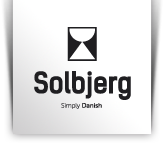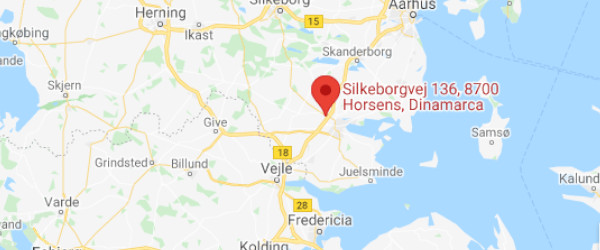
Agricultural soil is far from being a passive organism. In it, as the origin and beginning of everything, converge hundreds of years of microscopic action made up of an infinity of elements, and its workings are that of a universe of living organisms in constant change.
There is no one type of agricultural soil, each has its own physical, chemical and biological characteristics. Edaphology studies the soil profile, looking at its vertical cross-section, to analyse and investigate these specific features. Of this set of layers or horizons into which the vertical structure of soil is divided, agricultural practice is only concerned with those that can reach the roots of plants.
One of the priorities of Bellota Agrisolutions is to make use of the knowledge that its professionals have about ploughing, tillage and sowing practices in order to launch products on the market that respect the environment, particularly the soil, the main tool with which our farmers work. Thus, the company has become the leading business in the agricultural spare parts industry, with over 8,000 product references distributed in 80 countries.
What effect do farming tools have on soil profile?
It is very important to know the action that the different types of equipment for working soil have on its profile.
As stated in the Bellota Agrisolutions Basic Course in Agricultural Machinery developed by the much-missed Luis Márquez, doctor in Agricultural Engineering from the Polytechnic University of Madrid, the main function of farming tools is to change the state of the soil to favour the planting of crops and their root development.
There is a wide variety of equipment for working soil, but we can classify it into five groups according to its function: equipment for deep work (primary tillage); seed bed preparation equipment (secondary tillage); equipment for working between rows; equipment for preparation of substrate for forced cultivation; and other equipment that is an alternative to any soil working equipment. Among those most commonly used are tines, ploughshares, discs and rotavator blades.
Likewise, we can also categorise the different farming tools according to the actions they carry out in the layers of the soil profile suitable for cultivation, such as splitting (all), cutting (disc tools, ploughs, diggers, rotavators), shearing (alternative harrows, rotary harrows), hitting (tine farming tools), friction (cultivators, disc and blade harrows, vibro-cultivators), crushing (rollers, wheels), lateral displacement (tine farming tools, disc harrows), vertical displacement (cultivators, harrows, vibro-cultivators), projection (rotavators) and turning (ploughs).
Due to its type of drive, the power of the work equipment may depend on the traction effort offered by, for example, a tractor; or on the movement of the power take-off, such as rotary ploughs or rotavators. Among those that work by traction are those that turn the soil over, such as mouldboard and disc ploughs; and those that do not turn the soil over (subsoilers, curved hard pan eliminator and chisel ploughs).
The Bellota Agrisolutions portfolio has new trends in agricultural components that take into account all the above-mentioned principles and are of great help to farmers in their daily work.
We would like to recommend the Bellota Agrisolutions Basic Course in Agricultural Machinery that we offer free of charge on our website. If you are interested in finding out more about farming machinery and the principles of agriculture, be sure to visit it.
- Share
- Printable version


